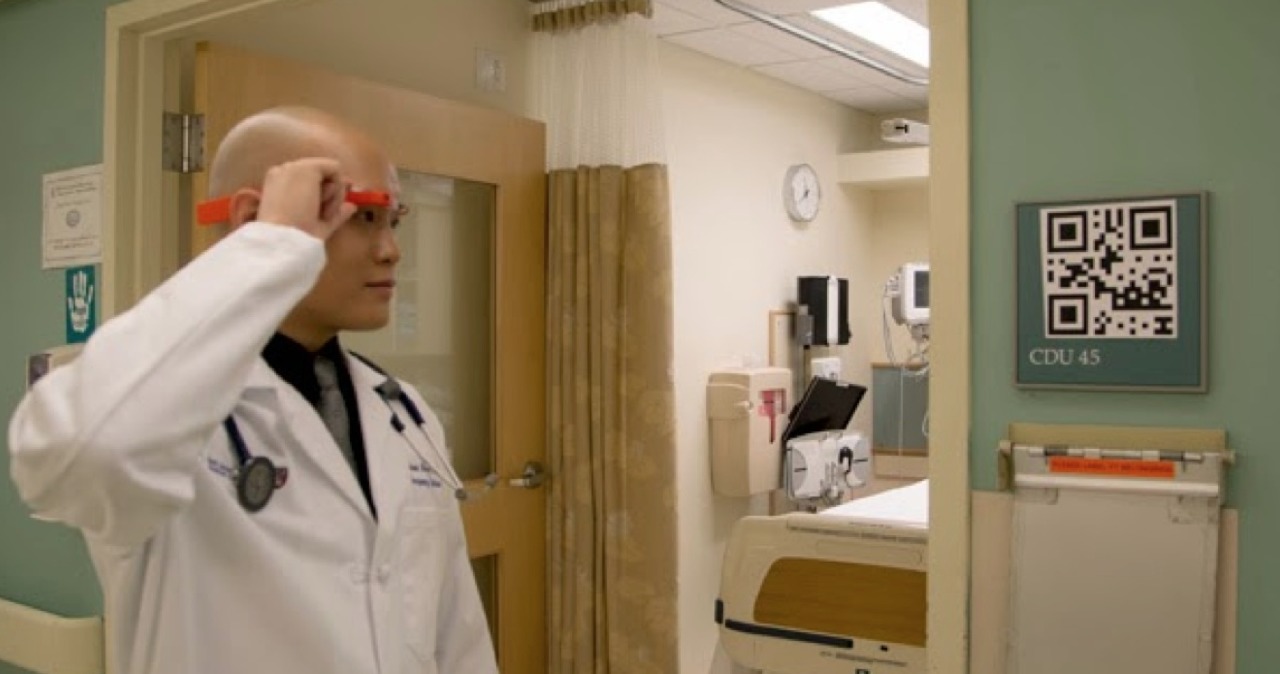
Though Google Glass is sometimes derided for its invasive nature, there are some really good use cases for the wearable. One of the brighter spots for Glass is in the medical field, where doctors are using Glass to quickly and easily identify necessary info. Though we’ve seen Glass in the operating room, it now has a use from the moment your doctor walks int he room.
By using Glass to scan a QR code outside of your room, doctors could theoretically get all your info pushed to them via Glass. Your doctor walks in, and necessary info could be pushed to the headset, allowing them to better assist you. Dr. John Halama of Beth Israel Deaconess Medical Center in Boston is doing just that, and is blogging about it to boot. He describes the scenario as such:
When a clinician walks into an emergency department room, he or she looks at bar code (a QR or Quick Response code) placed on the wall. Google Glass immediately recognizes the room and then the ED Dashboard sends information about the patient in that room to the glasses, appearing in the clinician’s field of vision. The clinician can speak with the patient, examine the patient, and perform procedures while seeing problems, vital signs, lab results and other data.
He goes on to note via his blog that patients remain unconcerned with Glass, which could just speak to their trust in their medical professionals at the facility. It’s a really neat idea, though. As your doctor examines you, they could get info pushed to them regarding a former condition or recent lab work. They could also get necessary info about follow-up procedures pushed to them.
This could help streamline medical visits for both doctor and patient. Necessary info Doctors often have to look up outside the exam room takes extra time, and having it available via Glass only improves efficiency. In a pros and cons argument for Glass, situations like these make a strong case for Glass’ real-world use.
Via: Ars Technica









